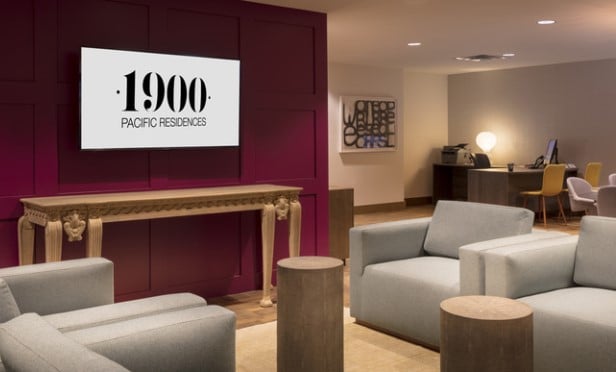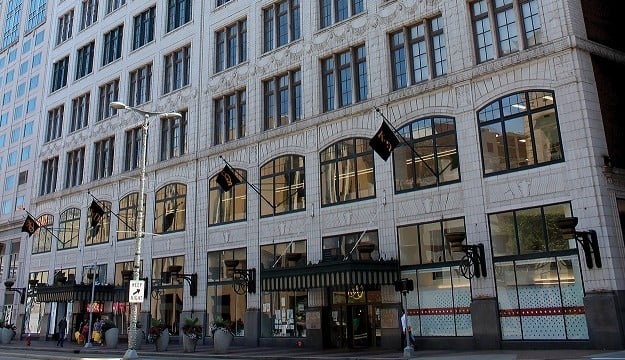 Jim Carris— Colliers International Carris exclusive, GlobeSt.com: In terms of the North River Branch rezoning, do you believe the development activity will reach its potential? Carris: GlobeSt.com: McDonald's and other major office tenants are relocating downtown. Does this put pressure on suburban landlords? Carris: GlobeSt.com: As for the Amazon headquarters–what are Chicago's chances? Carris: GlobeSt.com: Spec industrial is on the upswing. Is the demand there? Carris: GlobeSt.com: What are some of Colliers' major regional initiatives to serve clients better? Carris:
Jim Carris— Colliers International Carris exclusive, GlobeSt.com: In terms of the North River Branch rezoning, do you believe the development activity will reach its potential? Carris: GlobeSt.com: McDonald's and other major office tenants are relocating downtown. Does this put pressure on suburban landlords? Carris: GlobeSt.com: As for the Amazon headquarters–what are Chicago's chances? Carris: GlobeSt.com: Spec industrial is on the upswing. Is the demand there? Carris: GlobeSt.com: What are some of Colliers' major regional initiatives to serve clients better? Carris:© Touchpoint Markets, All Rights Reserved. Request academic re-use from www.copyright.com. All other uses, submit a request to [email protected]. For more inforrmation visit Asset & Logo Licensing.







